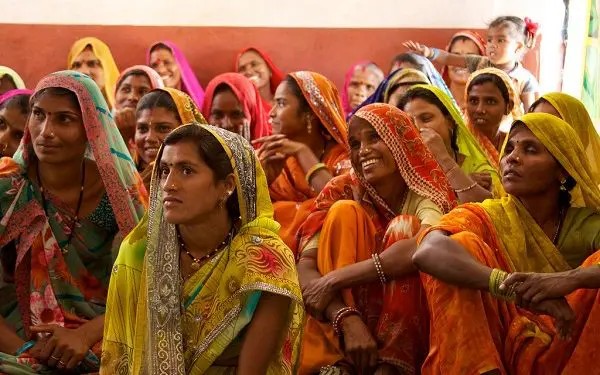According to the fifth stage of National Family and Health Survey (NFHS), there were approximately 1,020 women for every 1,000 men in the report issued by the Union health ministry on Wednesday.
The count was 927 women for every 1,000 men in India. In the year 1990, when Nobel acclaimed Amartya Sen coined the term “missing women”, which indicates the numbers are updating.
According to NFHS-3, happened in 2005-06 the ratio was same i.e 10000:10000. Later it went down to 991:1000 in 2015-16. The sex ratio is irregular in favour of women.
On Wednesday, the Government released the major indicators on population are reproductive,child health, family welfare, nutrition and others for India as well as 14 states and UT’s Collaborated under phase 2 of the 2019-21, NFHS-5.
These were some of the states which underwent survey in this phase were: Arunachal Pradesh, Chandigarh, Haryana, Jharkhand, Madhya Pradesh, Delhi, Odisha, Puducherry, Punjab, Rajasthan, Tamilnadu, Uttar Pradesh, Chhattisgarh and Uttarakhand.
At the national level,In 14 states and UT’s were found to have the same incidence of anaemia affected women and children. The findings for the national level were calculated by using the data obtained from phase one and phase two of NHFS-5.
The phase one of NFHS-5 findings for 22 States and UT’s were declared on december, 2020.
As per results, child nutrition factor was quite improved at all India levels as stunting fell from 38 per cent to 36 per cent, wasting from 21 per cent to 19 per cent and underweight from 36 per cent to 32 per cent.

